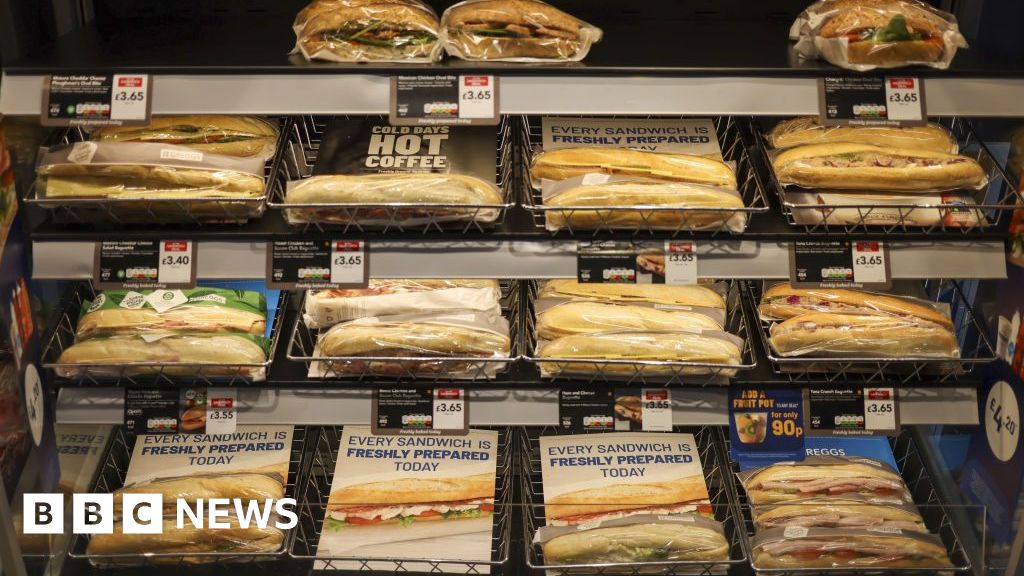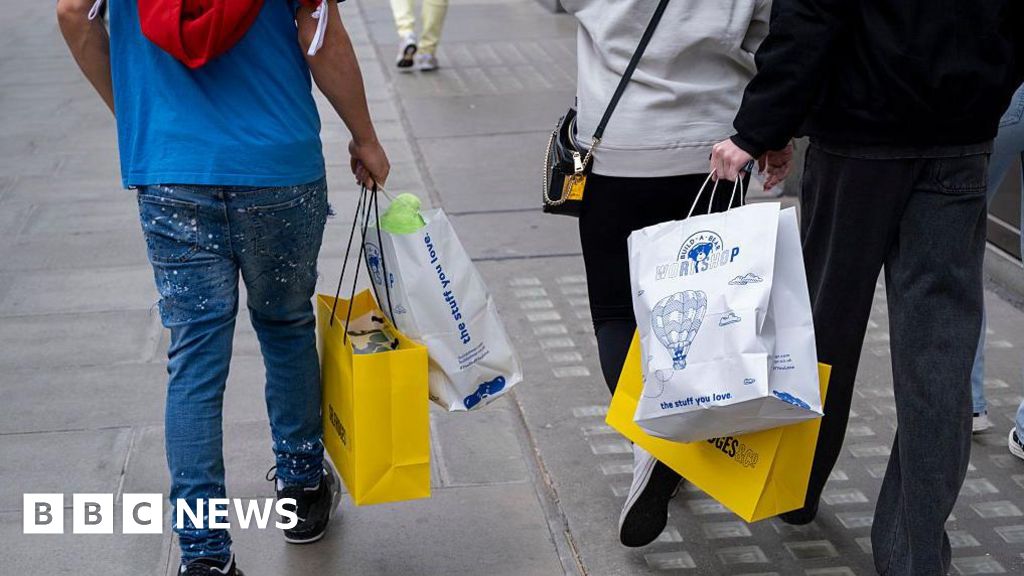ARTICLE AD BOX
 Image source, Getty Images
Image source, Getty Images
The baby milk products were almost entirely made for the Chinese market
At a glance
China's birth rate drop has been a catalyst in the decision to close an Irish baby milk factory
The Nestlé factory produced the formula almost entirely for the Chinese market
The closure, to happen in 2026, will mean 500 job losses
China are choosing to source local produce over imported baby products
John Campbell
BBC News NI economics and business editor
Nestlé says it is closing a baby milk factory in Ireland because a falling Chinese birth rate has reduced demand for the product.
The facility, which operates as Wyeth Nutritionals Ireland, makes products almost entirely for the Chinese market.
The closure of the plant in Askeaton, County Limerick, will mean more than 500 job losses.
Nestlé says it intends to complete the closure by the first quarter of 2026.
China choosing local produce
The company said: “The number of newborn babies in China has declined sharply from some 18 million per year in 2016 to fewer than 9 million projected in 2023.
“The market, which had previously been reliant on imported infant formula products, is also seeing rapid growth in locally-produced products."
The company is proposing to transfer the production from Askeaton to two existing factories – Suzhou in China and Konolfingen in Switzerland.
It said it had tried to find a buyer for the plant, but its efforts have been unsuccessful.
Irish government disappointed
Minister for Enterprise, Trade and Employment Simon Coveney described the news as "very disappointing."
He said officials in his department will now begin a process of engagement with management and workers.
"The full range of state supports will be made available to the employees, and we will examine each and every option to ensure that the best possible outcome is reached for all concerned."

 1 year ago
39
1 year ago
39








 English (US) ·
English (US) ·